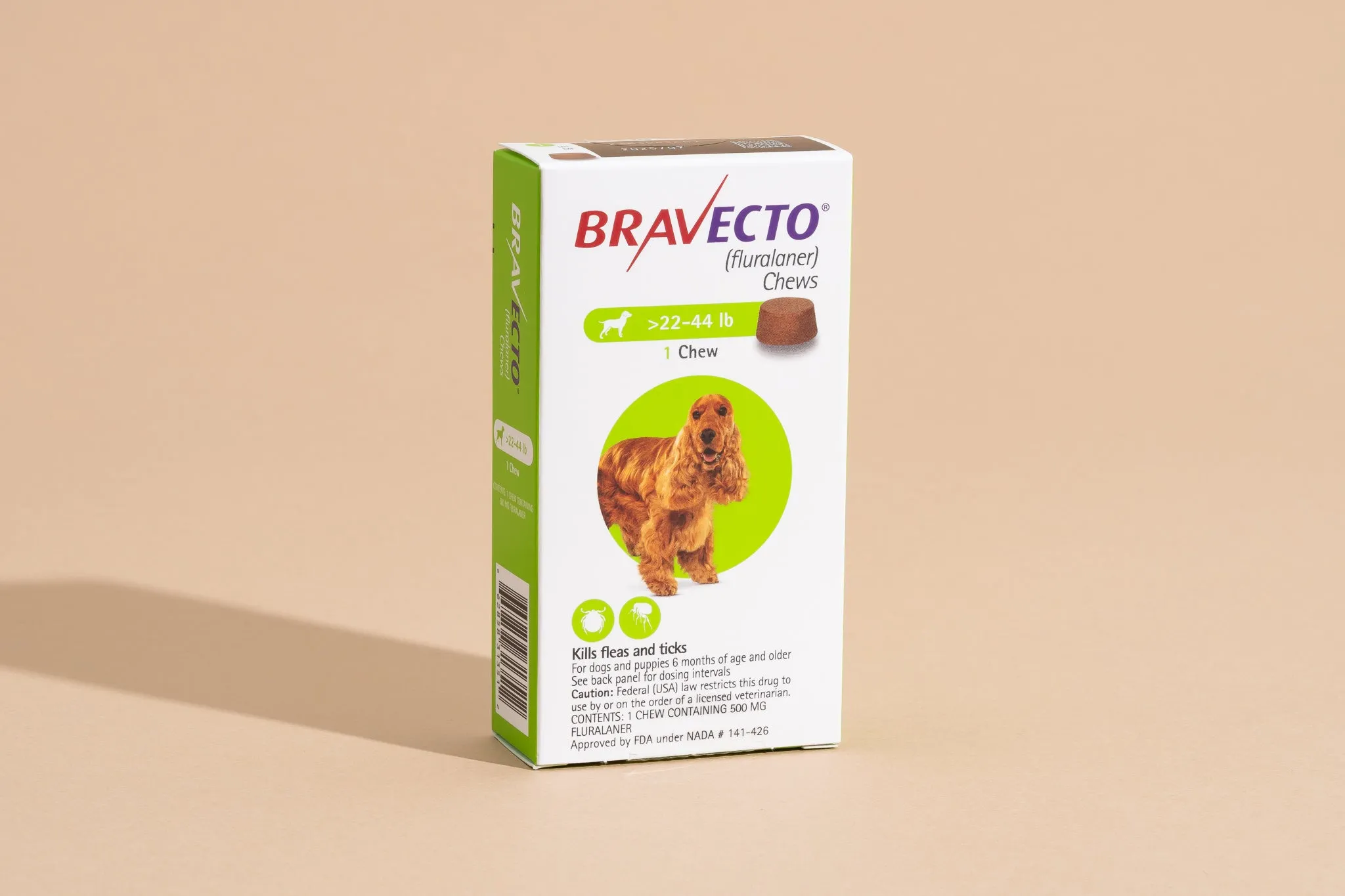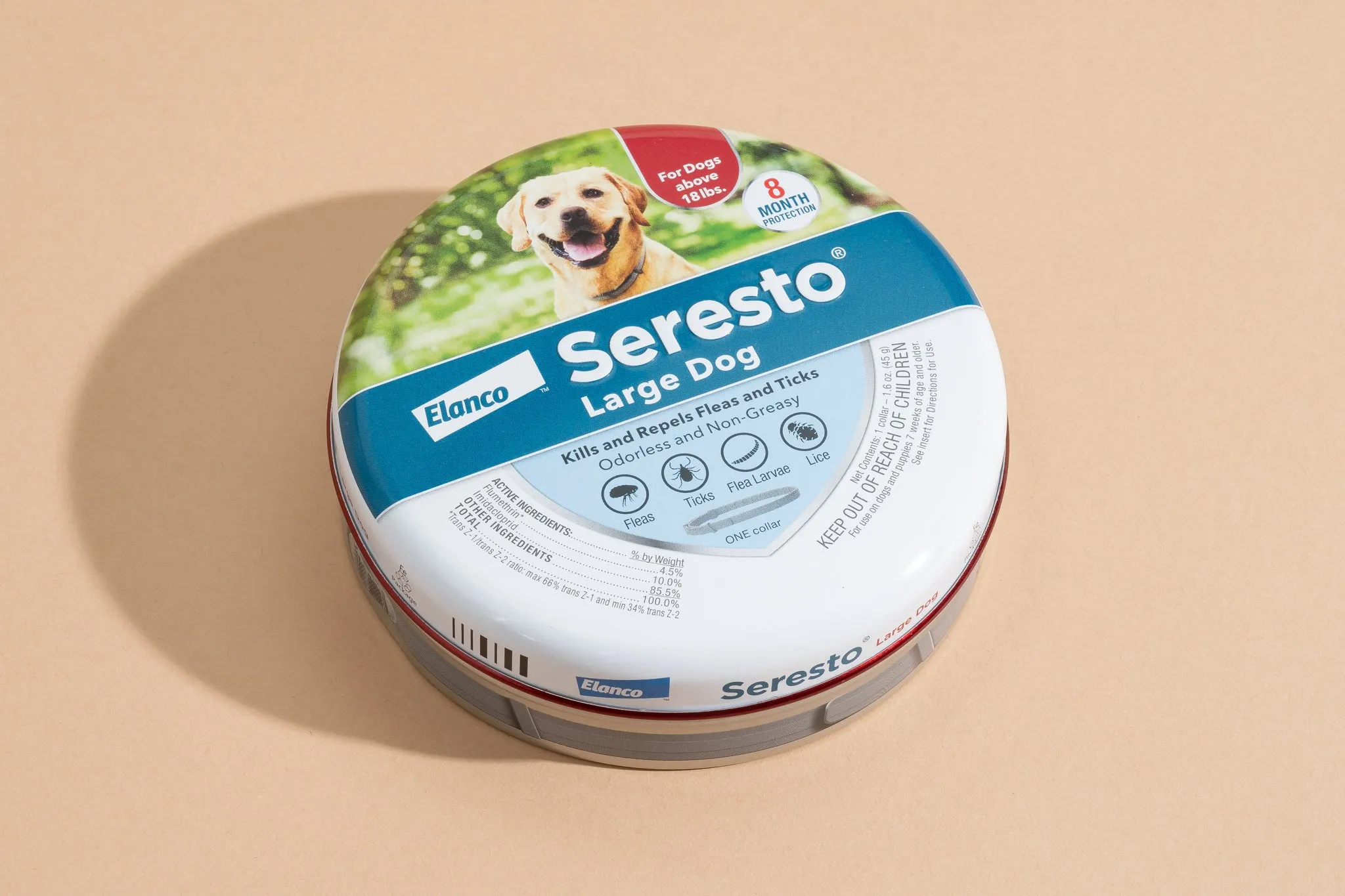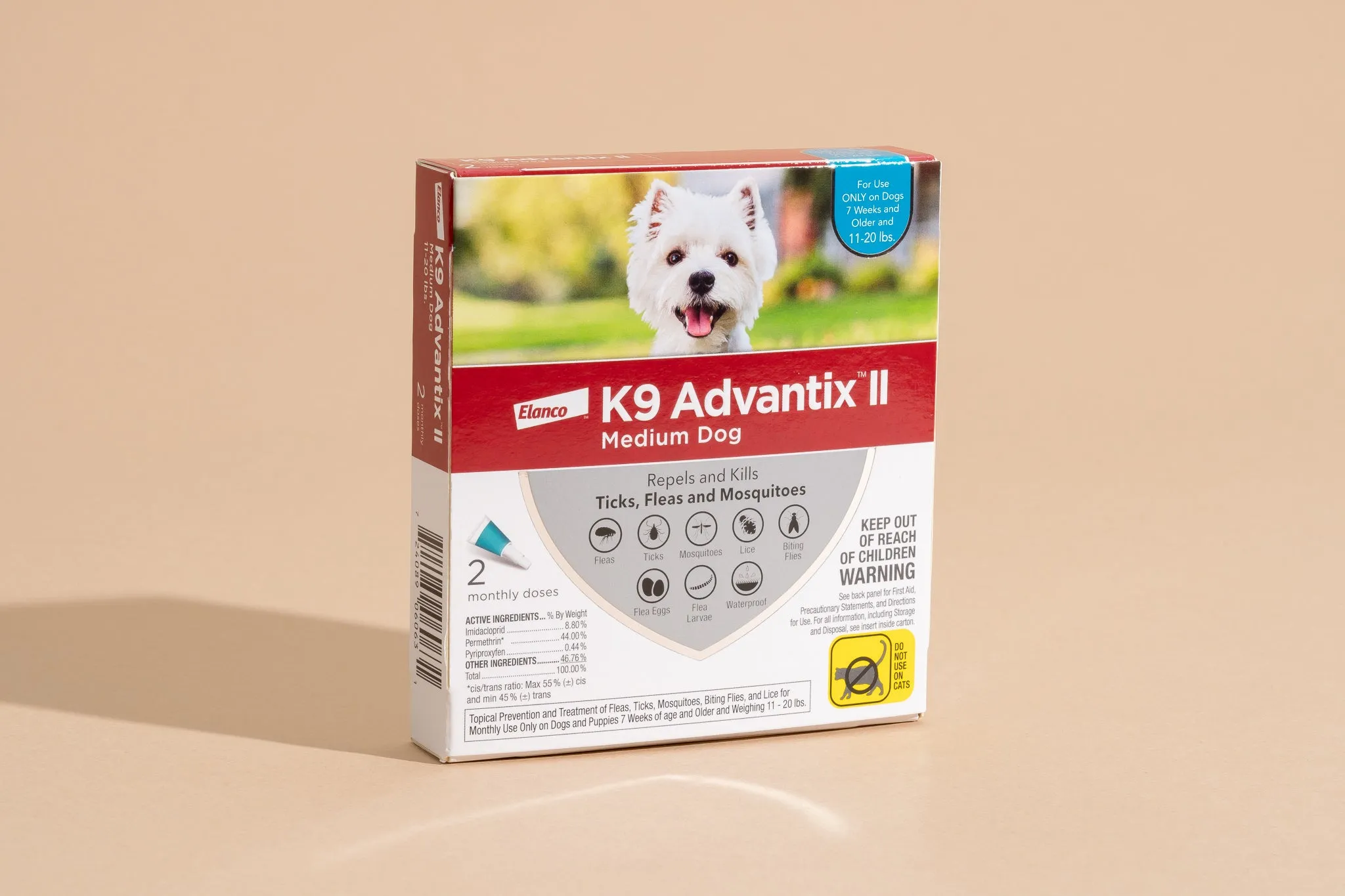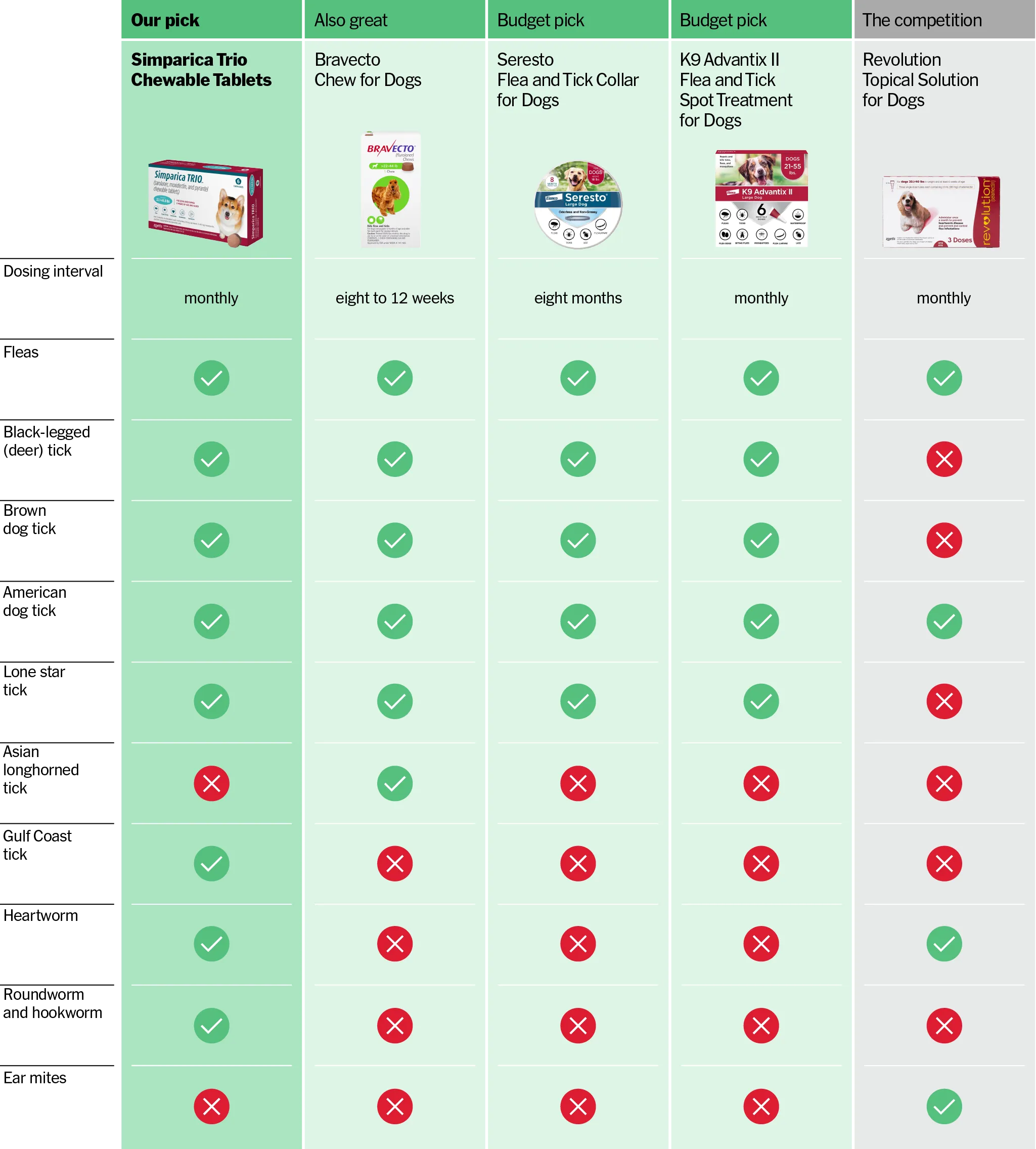Fleas and ticks are more than just annoying pests; they can pose serious health risks to your beloved canine companion, from skin irritation and allergic reactions to transmitting dangerous diseases like Lyme disease and heartworm. As a responsible dog owner, ensuring your pet is protected is paramount. However, finding the Best Cheap Flea Treatment For Dogs that doesn’t compromise on effectiveness can feel like a daunting task amidst a sea of options. You want to keep your furry friend safe and healthy without breaking the bank.
This comprehensive guide from Dog Care Story will delve into various cost-effective flea and tick treatments, comparing their benefits, drawbacks, and overall value. We’ll explore both prescription and over-the-counter solutions, helping you make an informed decision that suits your dog’s needs and your budget.
Understanding Flea and Tick Treatments: What to Look For
Before diving into specific product recommendations, it’s crucial to understand the different types of treatments available and what makes them effective. The “best cheap” option isn’t just about the lowest price; it’s about the best value for money considering the protection offered.
Types of Treatments: Chews, Topicals, and Collars
Flea and tick treatments generally fall into a few categories:
- Oral Chewable Tablets: These are often prescription-only and work systemically, meaning the active ingredients enter your dog’s bloodstream. When fleas or ticks bite, they ingest the medication and are killed. Many oral chews offer broad-spectrum protection, tackling various internal and external parasites.
- Topical Spot Treatments: Applied directly to your dog’s skin, usually between the shoulder blades, these treatments spread over the skin and coat. Some are absorbed into the bloodstream, while others remain on the surface, killing or repelling pests on contact. Many topical treatments can be purchased over-the-counter, making them a common choice when looking for the best cheap flea treatment for dogs.
- Flea and Tick Collars: These collars release active ingredients that either spread over the dog’s skin and coat or are absorbed systemically. They can offer long-lasting protection and are often one of the most budget-friendly upfront options.
Key Ingredients and Their Functions
Understanding the active ingredients helps you assess a product’s effectiveness and safety profile.
- Isoxazolines (e.g., Sarolaner, Fluralaner): These compounds work by interfering with the nervous system of fleas and ticks, leading to paralysis and death. They are highly effective at killing existing parasites and preventing new infestations.
- Moxidectin: An anthelmintic drug primarily used to prevent heartworm disease and treat certain intestinal worms like hookworms and roundworms.
- Pyrantel: Another anthelmintic, effective against adult and immature stages of hookworms and roundworms.
- Imidacloprid: A neurotoxin for insects, commonly used to kill fleas on contact.
- Permethrin: A synthetic pyrethroid insecticide that kills and repels fleas, ticks, and other insects. It’s important to note that permethrin can be toxic to cats.
Comprehensive Protection vs. Budget-Friendly Options
When searching for the best cheap flea treatment for dogs, you’ll often encounter a trade-off between cost and comprehensive protection.
- All-in-one solutions (like some prescription chews) typically cover a broad spectrum of parasites: fleas, multiple types of ticks, heartworm, hookworm, and roundworm. These might have a higher upfront cost but consolidate multiple treatments into one, potentially saving you money and hassle in the long run.
- Budget-friendly options (like some collars or topical treatments) often focus solely on external parasites (fleas and ticks). If you choose these, you’ll need separate medications for internal parasites like heartworm and intestinal worms, which adds to the overall cost and complexity. Considering options like cheapest flea tick and heartworm prevention for dogs is key for balancing budget with full protection.
The Importance of Prevention
Consistent prevention is always more cost-effective and beneficial for your dog’s health than treating an active infestation. Regular treatment not only keeps your dog comfortable but also prevents parasites from establishing themselves in your home environment, which can be much harder and more expensive to eliminate.
Our Top Pick for Comprehensive, Cost-Effective Protection: Simparica Trio Chewable Tablets for Dogs
Our top recommendation for dog owners seeking a powerful, broad-spectrum solution that still offers excellent value is Simparica Trio Chewable Tablets for Dogs.
 A box of Simparica Trio Chewable Tablet for Dogs, featuring its branding and product details.
A box of Simparica Trio Chewable Tablet for Dogs, featuring its branding and product details.
This monthly, prescription-only chewable tablet offers perhaps the broadest protection for the lowest comparative price among all-in-one solutions. It effectively treats and controls a wide spectrum of parasites, including fleas, hookworm, roundworm, and five kinds of ticks (black-legged, brown dog, American dog, lone star, and Gulf Coast ticks). Crucially, it also helps prevent the dreaded heartworm disease.
Simparica Trio stands out as one of the few products on the market that utilizes three active ingredients for such extensive coverage. Chris Adolph, a veterinary parasitologist at Zoetis (the manufacturer), highlights its efficacy: “The first of these ingredients is an isoxazoline compound called sarolaner… It kills any fleas and ticks that are camping out on your pet. And it can also help get home flea infestations under control within four to eight weeks, if all of your pets are treated regularly.” The other two ingredients, moxidectin and pyrantel, broaden its spectrum to include heartworm prevention and treatment for adult and immature stages of two species of hookworms and roundworms.
This liver-flavored nugget is simple to administer and can be given with or without food. It’s suitable for puppies aged eight weeks and older, weighing at least 2.8 pounds, with dosages available for dogs up to 132 pounds. While the six-count packaging can be a significant upfront cost, it often provides the best value per dose annually. When evaluating flea and tick medicine for dogs costco or other retailers, consider the per-dose cost for the year.
Pros:
- Broadest spectrum protection: Covers fleas, five types of ticks, heartworm, hookworm, and roundworm.
- Convenient monthly chew: Easy to administer and palatable for most dogs.
- Highly effective: Kills existing parasites and helps control home infestations.
- Good long-term value: Consolidates multiple treatments, reducing the need for separate medications.
Cons:
- Prescription-only: Requires a vet visit and prescription.
- Not labeled for Asian longhorned tick: If this specific tick is a concern in your area, other options might be better.
- Higher upfront cost: Though yearly cost-effective, the initial purchase can be substantial.
Price per year: Approximately $350 to $405 (depending on dosage).
Best for Longer-Lasting Protection (Flea & Tick Only): Bravecto Chew for Dogs
For dog owners prioritizing infrequent administration and strong flea and tick protection without the need for internal parasite control in a single product, Bravecto Chew for Dogs is an excellent choice.
 A box of Bravecto Chew for Dogs, showing the product name and design.
A box of Bravecto Chew for Dogs, showing the product name and design.
This chewable treatment is unique for killing fleas and certain ticks for up to 12 weeks, meaning you only need to administer it four times a year. This makes it incredibly convenient and ideal for busy schedules. Notably, Bravecto is also one of the few treatments that effectively kills the Asian longhorned tick, a growing concern in many regions.
Bravecto’s active ingredient, fluralaner (another isoxazoline), is highly effective at controlling fleas and can help manage existing home flea infestations. However, it’s crucial to understand that Bravecto does not contain ingredients to prevent heartworm or treat hookworm and roundworm. If these internal parasites are a risk for your dog, you will need to purchase a separate product for comprehensive protection, which might impact its standing as the best cheap flea treatment for dogs if you’re tallying total yearly expenses for all parasite control.
While Bravecto offers 12-week control for most ticks, for areas with a high population of the lone star tick, the product label recommends administration every eight weeks. This adjusted schedule still means less frequent dosing than many monthly treatments. Bravecto is also available as a topical solution for dogs who may not tolerate chewable tablets.
Similar to Simparica Trio, Bravecto Chews come in various dosages for dogs ranging from 4.4 to 123 pounds, with a color-coded system on the packaging for easy identification. It should be given with food for optimal absorption.
Pros:
- Long-lasting efficacy: Up to 12 weeks of protection against fleas and most ticks, reducing administration frequency.
- Effective against Asian longhorned tick: A key advantage for specific geographical concerns.
- Convenient: Less frequent dosing (4 times a year).
- Also available as a topical: Offers flexibility for different dog preferences.
Cons:
- No internal parasite control: Requires a separate product for heartworm, hookworm, and roundworm prevention/treatment, potentially increasing overall cost.
- Requires vet prescription.
- Higher single-dose cost: Though less frequent, each dose is more expensive than monthly options.
Price per year: Approximately $330 to $350 (for 12-week administration, depending on dosage).
Budget-Friendly Flea & Tick Collars: Seresto Flea and Tick Collar for Dogs
For dog owners seeking an accessible, long-lasting external parasite deterrent that is often considered one of the best cheap flea treatment for dogs upfront, the Seresto Flea and Tick Collar for Dogs is a popular choice.
 A tin containing a Seresto Flea and Tick Collar for Dogs, emphasizing its durable packaging.
A tin containing a Seresto Flea and Tick Collar for Dogs, emphasizing its durable packaging.
The Seresto collar kills and repels fleas and ticks, meaning these pests don’t need to bite your dog to ingest the treatment. This can be a significant advantage, as it reduces the likelihood of disease transmission. As Susan Little, a recognized expert in veterinary parasitology, notes, many veterinarians “recommend using an isoxazoline as a baseline, and then adding a repellent collar to keep pests at bay if you go to a tick-heavy area or if it’s the height of tick season.” This repellent action can be critical for preventing quickly transmitted infections like ehrlichiosis and Rocky Mountain spotted fever.
One of Seresto’s most appealing features is its longevity; it provides up to eight months of continuous protection, making it the longest-lasting option among our picks. This extended duration significantly contributes to its affordability on a yearly basis. However, like Bravecto, the Seresto collar only addresses external parasites. You will need a separate product for comprehensive protection against heartworm, hookworm, and roundworm.
The collar is available in two sizes (for dogs up to 18 pounds and over 18 pounds) and comes in a protective canister. While generally safe and effective, there have been some safety issues reported concerning the collar’s release mechanism in recent years, which is something to be aware of. Always ensure it’s fitted correctly and monitor your dog. Finding flea and tick treatment for dogs near me for Seresto collars is usually easy, as they are widely available over-the-counter.
Pros:
- Excellent value: Very low annual cost for external parasite protection.
- Long-lasting: Up to eight months of continuous protection.
- Repels pests: Helps prevent fleas and ticks from biting, reducing disease transmission risk.
- Over-the-counter: Easily accessible without a vet prescription.
Cons:
- No internal parasite control: Requires separate medication for heartworm and intestinal worms.
- Safety concerns: Some reports of issues with the release mechanism.
- Physical presence: Some dogs may find wearing a collar uncomfortable.
Kills or repels: Fleas, black-legged tick (deer tick), brown dog tick, American dog tick, lone star tick, chewing lice, sarcoptic mange.
Price per year: Approximately $90.
Affordable Topical Spot Treatment: K9 Advantix II Flea and Tick Spot Treatment for Dogs
Another strong contender in the search for the best cheap flea treatment for dogs is K9 Advantix II Flea and Tick Spot Treatment for Dogs. This monthly over-the-counter topical treatment offers a repellent action similar to the Seresto collar, providing multi-parasite protection without a prescription.
 A box of K9 Advantix II Flea and Tick Spot Treatment for Dogs, highlighting its topical application.
A box of K9 Advantix II Flea and Tick Spot Treatment for Dogs, highlighting its topical application.
K9 Advantix II kills and repels fleas, ticks (black-legged, brown dog, American dog, lone star), and lice. A key benefit of this topical is its ability to also kill and repel biting flies and mosquitoes, which are known carriers of heartworm disease and West Nile virus. This repellent action means pests often die before they even have a chance to bite your dog, offering an extra layer of protection against disease transmission. This makes it a great option if you’re also looking into safe and effective flea and tick treatment for dogs that covers a wider range of biting insects.
The active ingredients in Advantix II are imidacloprid (effective against fleas) and permethrin (a powerful insecticide and repellent). It’s crucial to be aware that permethrin is highly toxic to cats. If you have both dogs and cats, you must keep treated dogs separated from your feline friends for at least 24 hours after application. Ingesting Advantix II can be life-threatening for cats, so immediate veterinary attention is necessary if exposure occurs.
Like the Seresto collar, K9 Advantix II stays on the surface of the skin and hair coat; it does not enter the bloodstream to prevent heartworm or treat intestinal parasites. Therefore, a separate heartworm preventative will be necessary. This treatment comes in individually sealed tubes and is available in four dosages based on dog weight (from 4 pounds up to over 55 pounds).
Pros:
- Repels multiple pests: Kills and repels fleas, ticks, lice, mosquitoes, and biting flies.
- Over-the-counter: Conveniently available without a prescription.
- Relatively inexpensive: Low annual cost for external parasite control.
- Reduces disease transmission risk: Pests are repelled or killed before biting.
Cons:
- Toxic to cats: Requires careful separation of dogs and cats after application.
- No internal parasite control: Needs a separate heartworm preventative.
- Monthly application: Requires consistent monthly application.
- Environmental caution: Toxic to aquatic organisms, requiring careful disposal.
Kills or repels: Fleas, black-legged tick (deer tick), brown dog tick, American dog tick, lone star tick, mosquitoes, biting flies, lice.
Price per year: Approximately $155.
Making the Best Choice for Your Dog and Your Wallet
Choosing the best cheap flea treatment for dogs isn’t a one-size-fits-all decision. It involves carefully weighing several factors to ensure your dog receives optimal protection without unnecessary financial strain. For those considering at home remedies for fleas and ticks on dogs, remember these professional products offer scientifically proven efficacy and safety.
Weighing Cost vs. Coverage
The “cheapest” upfront option might not always be the most cost-effective long-term.
- All-in-one solutions like Simparica Trio, while having a higher initial price, cover a broad spectrum of parasites. This means you avoid purchasing separate medications for heartworm, hookworm, and roundworm, potentially saving you money and simplifying your dog’s preventative care routine overall.
- Budget-friendly external parasite control like Seresto collars or K9 Advantix II are excellent for upfront savings. However, if your dog is at risk for heartworm or intestinal worms, you must factor in the cost of additional monthly or quarterly medications. Failing to do so could lead to much more expensive and complex treatments for infestations or diseases.
Consulting Your Veterinarian
Regardless of your budget, consulting your veterinarian is always the best first step. They can:
- Accurately diagnose existing parasite issues.
- Assess your dog’s individual risk factors: Based on their lifestyle (indoor vs. outdoor, travel habits), age, weight, and any pre-existing health conditions.
- Determine local parasite prevalence: Different regions have different prevalent ticks, mosquitoes, and worms. For example, if Asian longhorned ticks are common, Bravecto might be preferred.
- Provide prescriptions: Many of the most effective and comprehensive treatments are prescription-only.
- Discuss potential side effects and interactions: Especially if your dog is on other medications.
Factors to Consider
 A chart comparing four top flea and tick treatments for dogs, detailing which pests each product targets and their approximate annual cost.
A chart comparing four top flea and tick treatments for dogs, detailing which pests each product targets and their approximate annual cost.
- Your Dog’s Weight and Age: Ensure the product is appropriate for your dog’s specific weight range and age. Puppies have different requirements than adult dogs.
- Lifestyle: An indoor dog might have different exposure risks than an adventurous outdoor dog.
- Geographical Location: As mentioned, local parasite prevalence varies. Your vet can provide region-specific advice.
- Presence of Other Pets: If you have cats, products like K9 Advantix II that contain permethrin require extreme caution to prevent accidental exposure, as they are highly toxic to felines.
- Ease of Administration: Some dogs might prefer a chew, others a topical, and some may not tolerate a collar. Consider what works best for both you and your pet to ensure consistent application.
Conclusion
Finding the best cheap flea treatment for dogs involves a thoughtful balance between cost-effectiveness and comprehensive protection. While options like the Seresto Flea and Tick Collar and K9 Advantix II offer excellent budget-friendly solutions for external parasites, remember to account for additional medications if heartworm or intestinal worms are a concern. For those seeking an all-in-one, highly effective solution that still provides great long-term value, Simparica Trio stands out. Bravecto offers a fantastic longer-lasting option for flea and tick control if you prioritize convenience.
Ultimately, the goal is to keep your dog healthy and free from parasites. Always consult with your veterinarian to determine the most suitable and cost-effective preventative care plan for your unique canine companion. Consistent, appropriate treatment is the true measure of affordability in pet care.
References
- Adolph, Chris. Veterinary Parasitologist, Zoetis. (As cited in original source)
- Companion Animal Parasite Council (CAPC). (As cited in original source)
- Little, Susan. Veterinary Parasitologist. (As cited in original source)
- Centers for Disease Control and Prevention (CDC). Information on ticks and tick-borne diseases.
- National Pesticide Information Center (NPIC). Fact sheets on pesticide ingredients.
